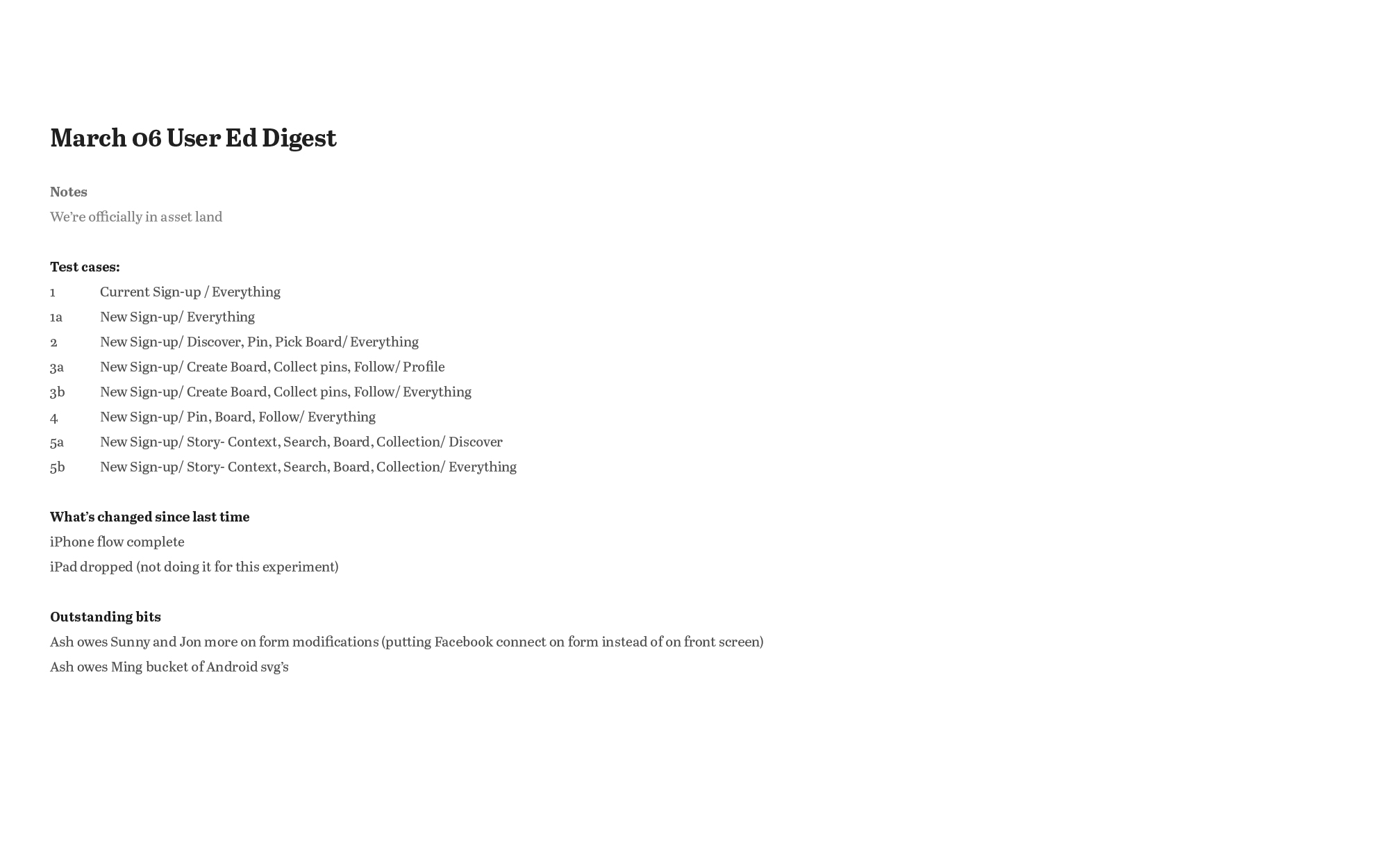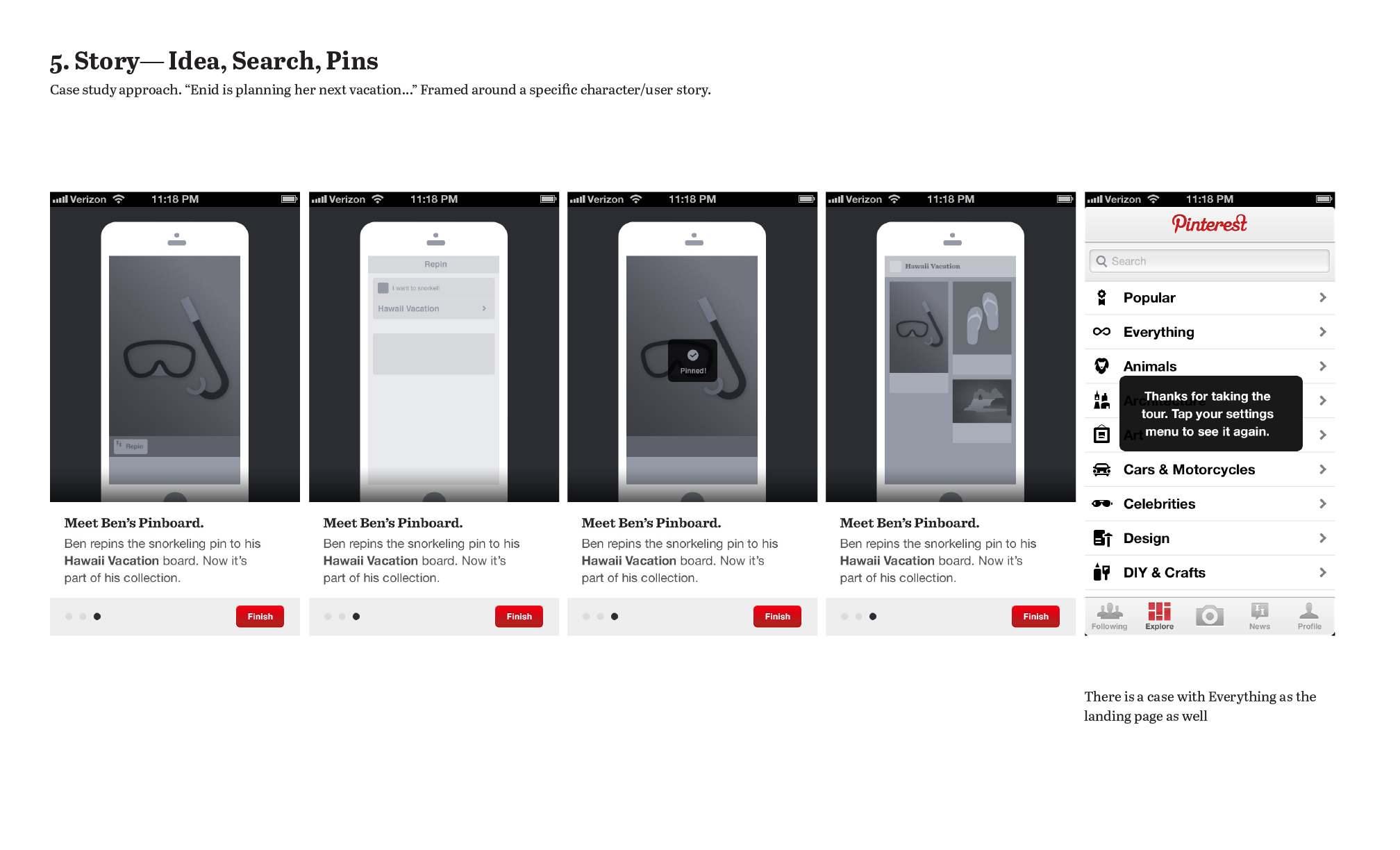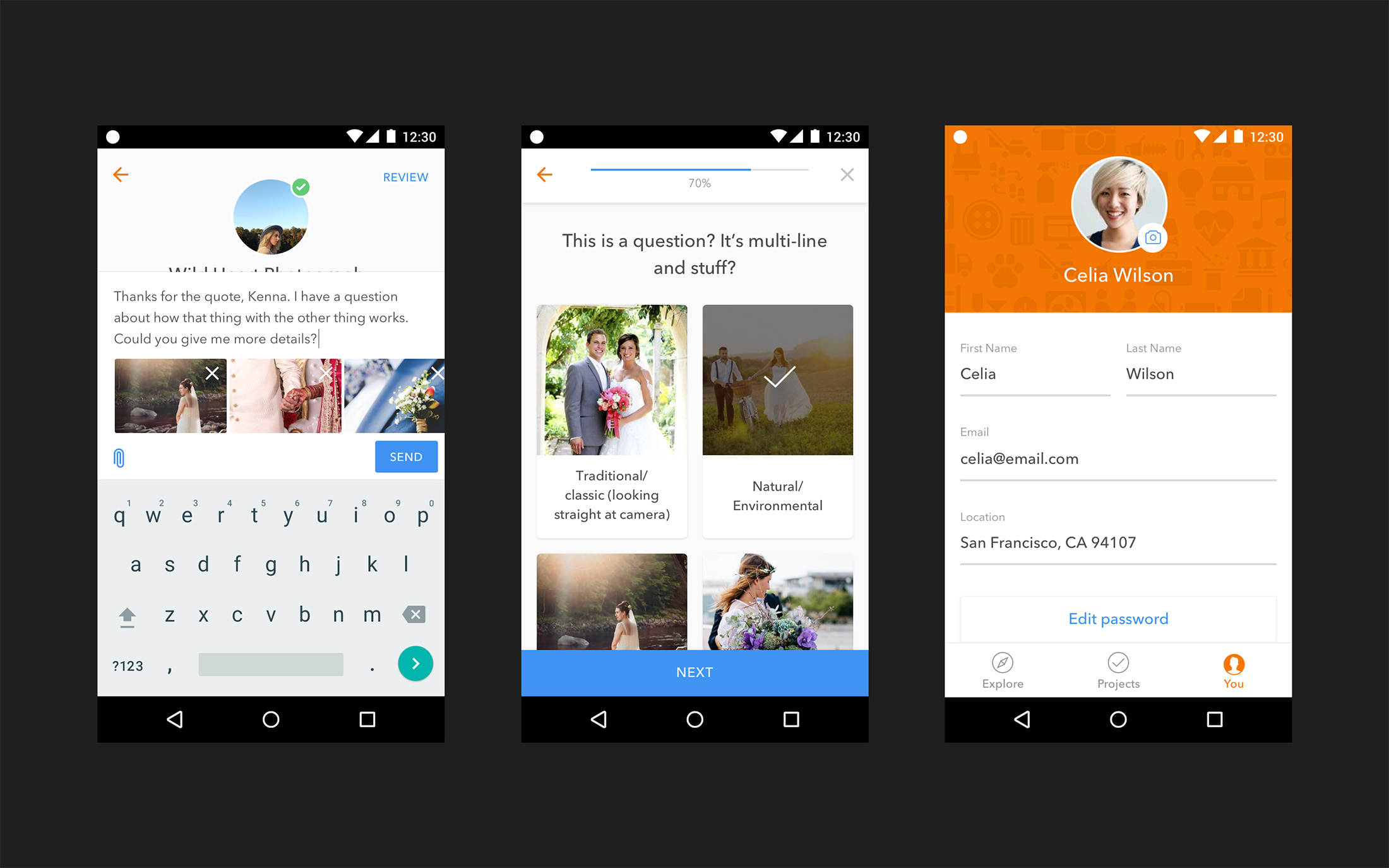Tl;DR
Did…you want the short version? By all means, go to LinkedIn! Otherwise, prepare to see some skeumorphism, ancient logos, and read some stories.
The long version
I grew up in Connecticut and spent most of my time doing homework, writing stories, hand-coding mini-sites, and drawing horse girls in a pirated copy of Photoshop. I graduated from Carnegie Mellon University’s School of Design with a BFA in Communication Design. Continuing the theme of ~ ~ nerd ~ ~, I was co-president of the student chapter of the AIGA, and was typically much too awake for my 8am studio classes. I interned at Atari and frog design.
I graduated just in time to brave the effects of the 2008 recession, and moved to California with the hope that a small agency, Code and Theory, would hire me if I appeared there. They did! I was officially an intern, and then a visual designer, helping out on projects for Gilt, CurrentTV, and other companies.
I’d always been interesting in freelancing, so I tried it. For a year and a half, I worked with a bunch of different companies, designing branding for re-usable moving boxes, tweaking info-rich admin dashboards, and more. Design Twitter was a big fun Thing back then, and I received a DM from someone who worked there—did I want to come interview?
Sure did! I worked as Twitter’s first brand designer. I helped spin up a project called Twitter Stories with a small team of 4, which focused on the interesting ways people were using Twitter—troubleshooting collapsed souffles, starting social movements, selling their fishing haul before they even returned to shore. We photographed everything on our own and ended up coding the whole thing by hand and sending it through translation, too. I also made a fair amount of swag, like t-shirts and throw pillows (and even cupcakes).

From there I joined Pinterest as a communication designer, but quickly pivoted to product design. My favorite work from that time was collaborating directly with research to improve new user retention. This work was a union of my communication design background, and a good foray into product design.
We were charged with finding what to fix in the UI to make the experience less confusing. However, we uncovered a bigger problem: Pinterest had grown large enough that folks came to the app with misconceptions about what it was. Some thought it was an Instagram clone, others thought it was entirely for socializing. What was more troubling was that the participants often had their own systems for gathering inspiration and ideas. They would have gotten real value from using Pinterest!
We ran a test that educated new users about what the app was really for—a cheap and easy slideshow pre-signup. We tested a few different ‘stories’ and value propositions to assure we got the best one before throwing a ton of resources behind making something more involved.
Here are some slides from the digest I sent out:




